Astronomy is one of the most rapidly developing sciences. Thanks to technological advances over the past decades, scientists have gained tools their colleagues from the past could only dream of. And this process doesn’t seem to slow down. A number of next-generation telescopes that are being developed now can significantly expand our ability to explore the Universe. In this article, we consider five major observatories that will be put into operation in the coming years.
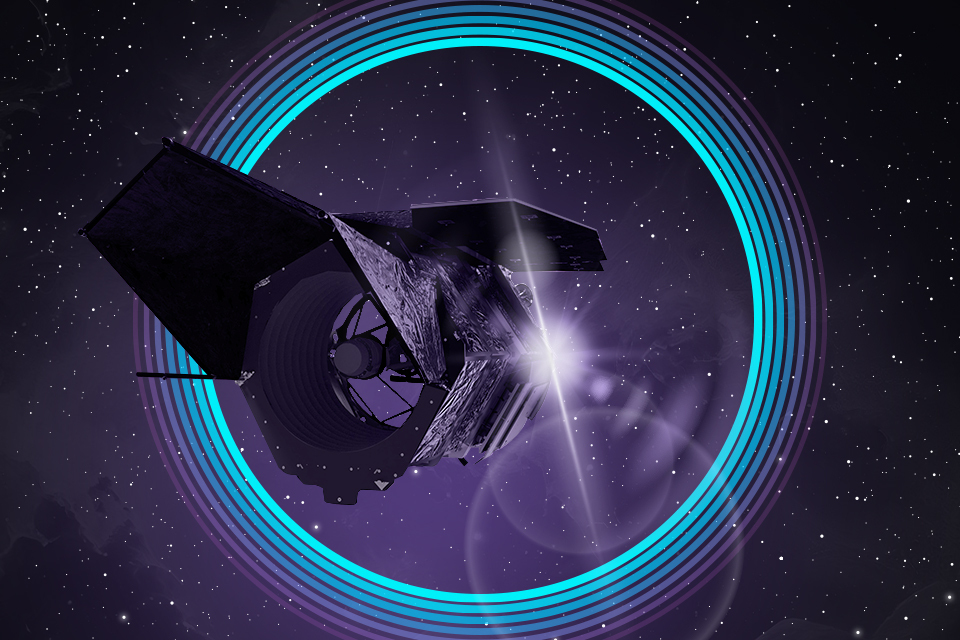
Vera Rubin Observatory
The first telescope on our list, to start observations before the others, is the Vera Rubin Observatory. It is located on the top of the Chilean mountain Cerro Pachon, and the first stone was laid in 2015.
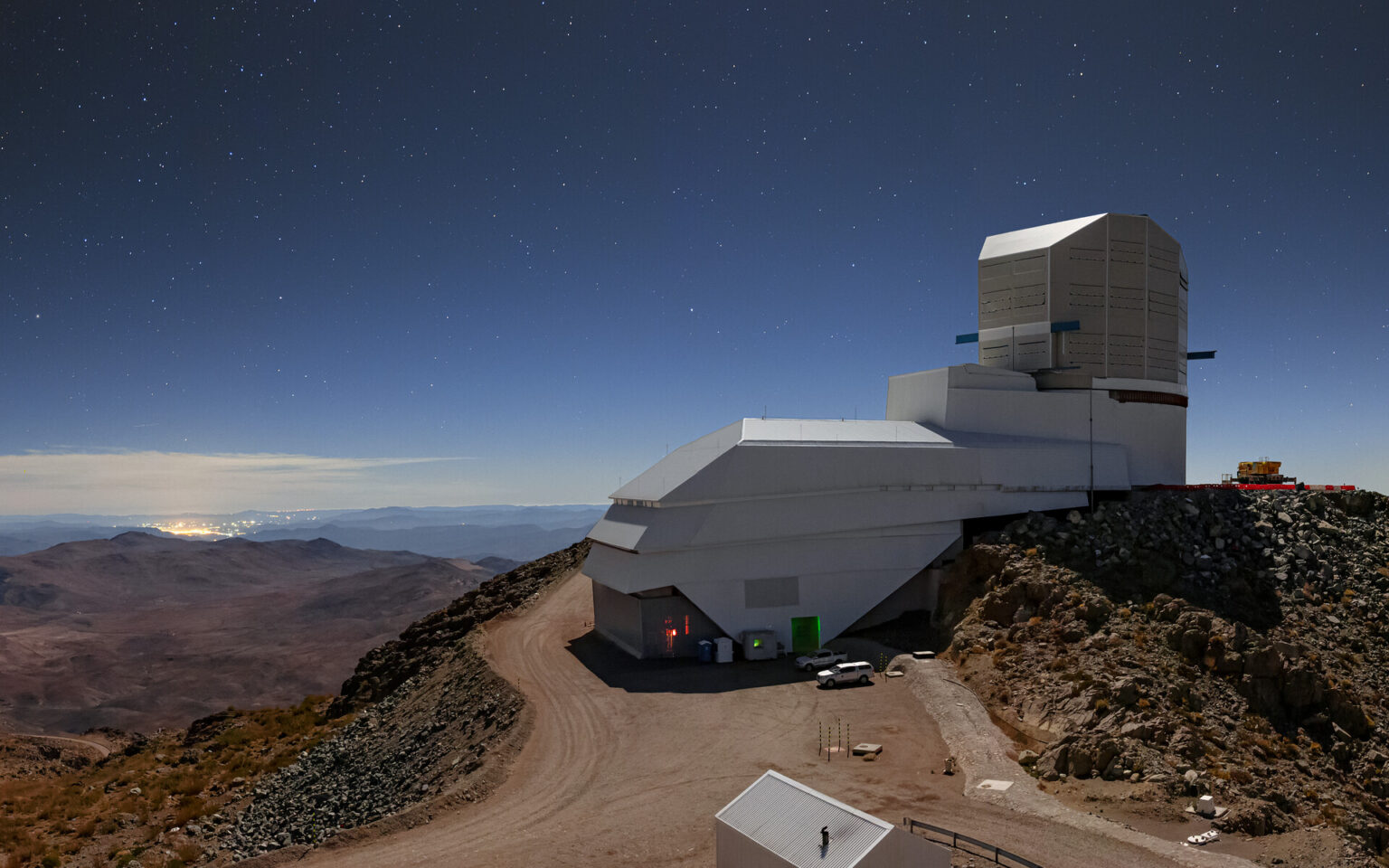
The heart of the observatory will be an SST (Simonyi Survey Telescope), a wide-field reflecting telescope with an 8.4-meter primary mirror, which will let astronomers to image large areas of the sky. After commissioning, the observatory will carry out a deep ten-year survey of the entire southern sky. During each night of the survey, the telescope will generate about 30 terabytes of data.
The main tasks of the Vera Rubin Observatory will be to study dark energy and dark matter, map the Milky Way and small objects of the Solar System (in particular, near-Earth asteroids and Kuiper belt objects), as well as to look for supernovae and gamma-ray bursts.
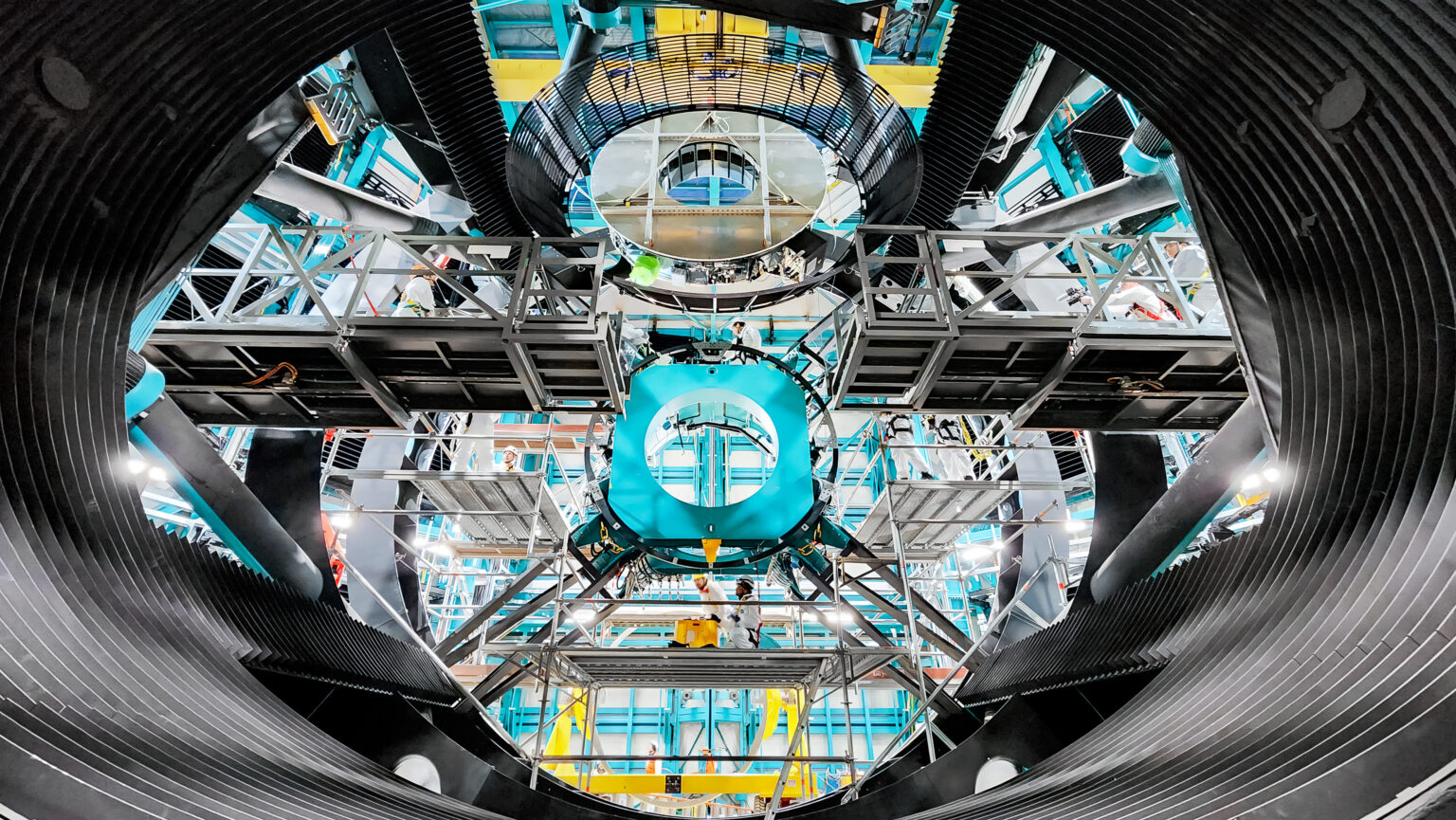
The construction of the Vera Rubin Observatory building being over, the engineers started assembling its optical filling. The latter is expected to see its first light in early 2025 and begin regular observations in the second half thereof.
Extremely Large Telescope
A huge 80-meter steel dome can already be seen at the top of Chile’s Cerro Armazones mountain. It will become home to the Extremely Large Telescope (ELT), which will become the most powerful optical observatory in our history. The ELT will be able to collect 100 million times more light than the human eye and 13 times more than the largest optical telescopes in operation.
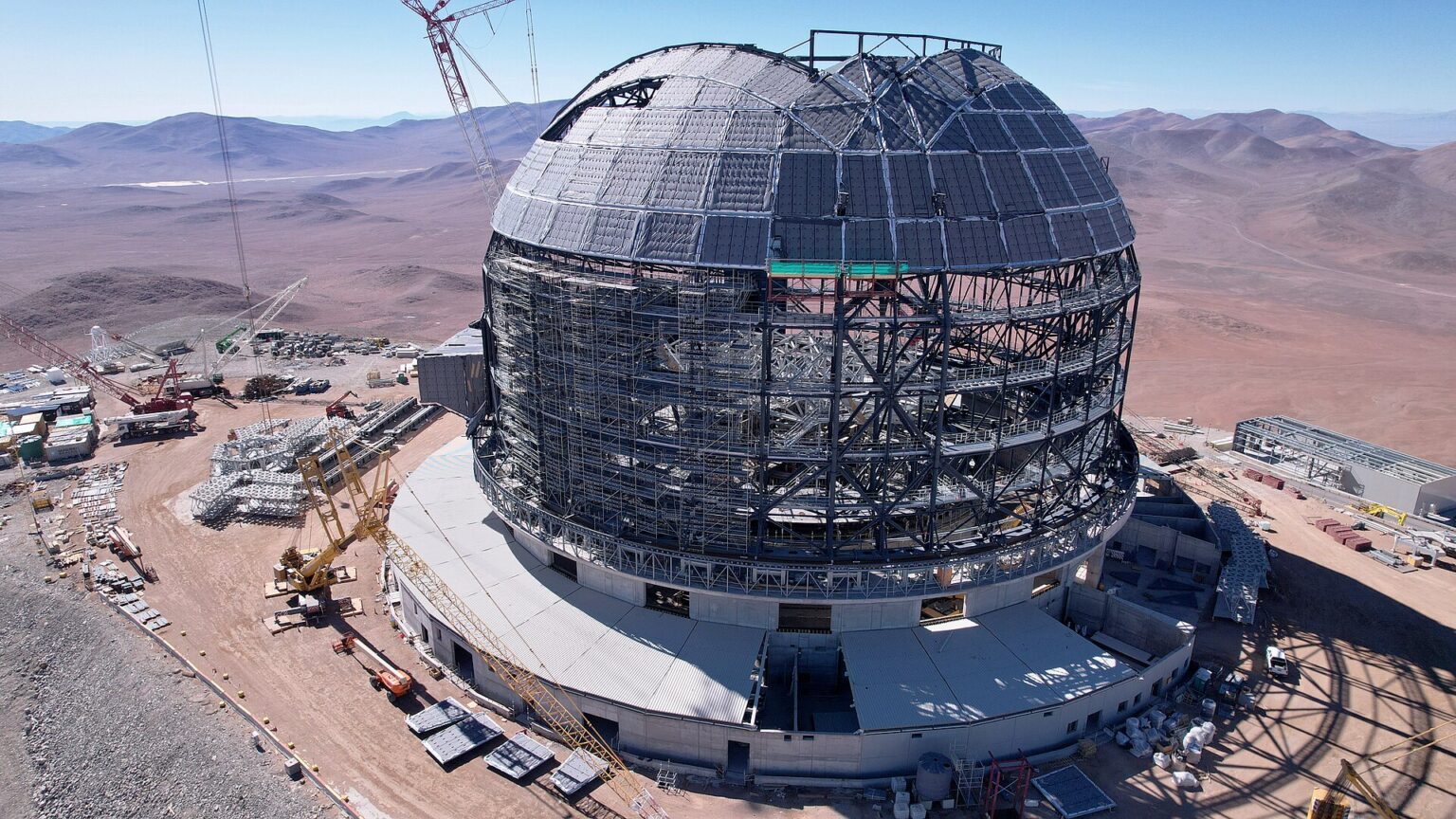
The construction site of the Extremely Large Telescope (ELT) as of June 2024. Source: ESO
This will become possible thanks to its unique optical system. The ELT dome will hold a A 39-meter-long main mirror consisting of 798 individual hexagonal segments with a total area of 978 m² and a mass of 132 tons. It will be controlled in real time by a system of high-precision sensors that provide constant optical adjustment.
The design of the ELT also involves the use of a fundamentally new adaptive optical technique capable of correcting distortions of celestial images introduced by the Earth’s atmosphere to the highest possible quality. This will let astronomers obtain incredibly clear and detailed images of celestial bodies. The new observatory is expected to directly image exoplanets, study their atmospheres, observe the birth of new planetary systems, and help measure the acceleration of the expansion of the Universe.
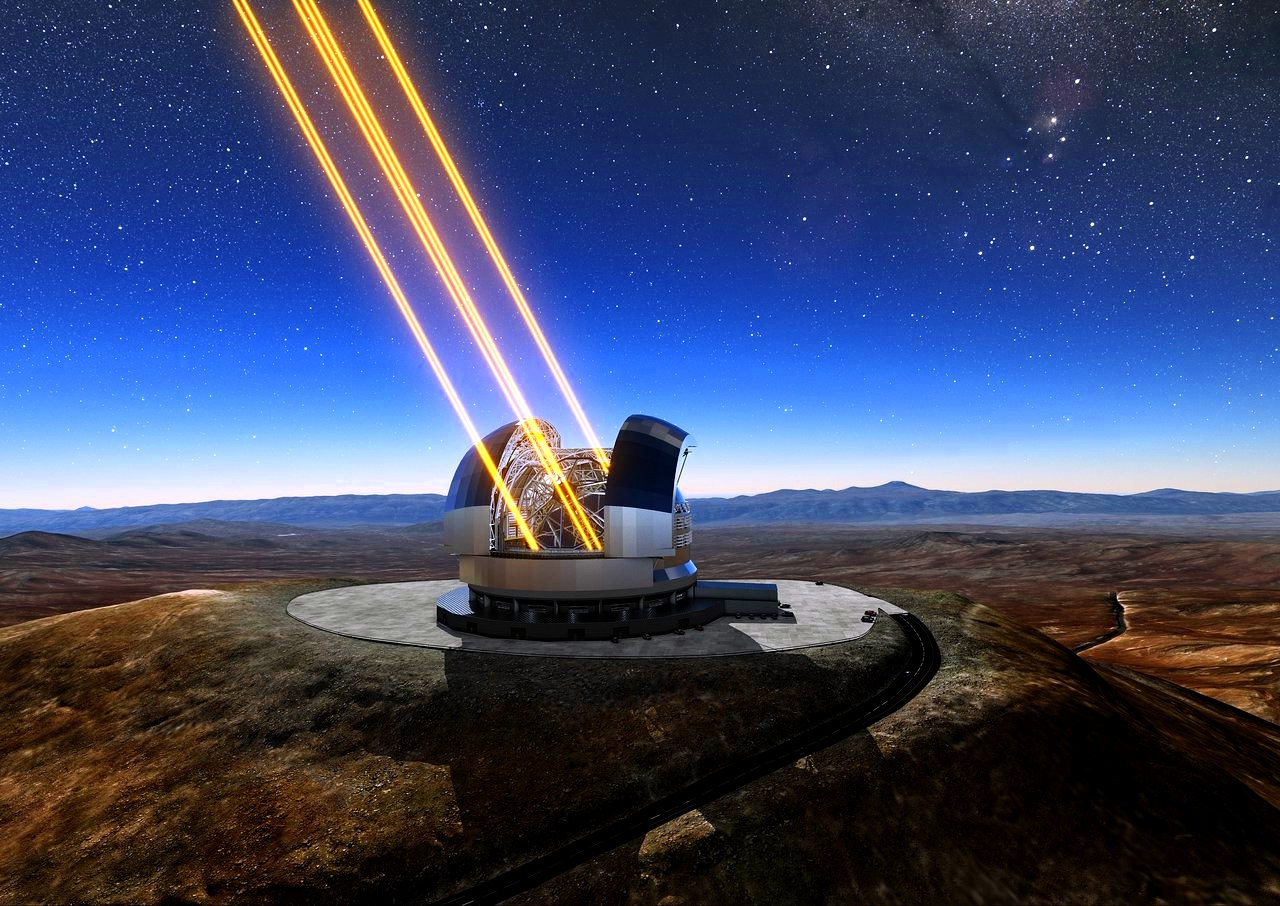
The construction of the ELT has passed the equator. The new observatory is expected to see its first light in 2028.
Giant Magellan Telescope
Thanks to its climate and geography, Chile is one of the best places on the Earth to host optical telescopes. Predictably enough, it’s also home to the third observatory on our list, the Giant Magellan Telescope (GMT).
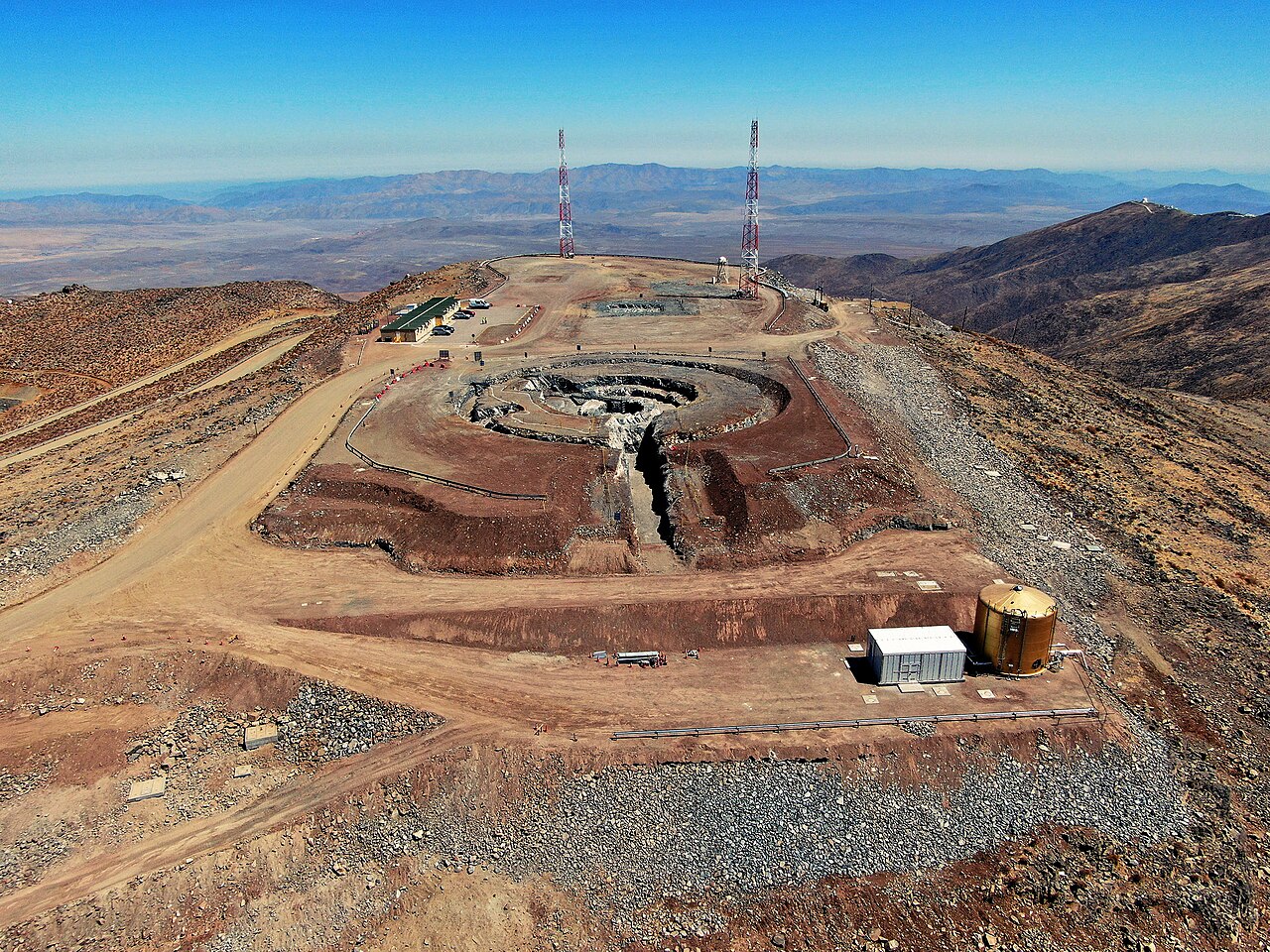
The construction site of the Giant Magellan Telescope in 2020. Source: GMTO Corporation
A system of seven primary mirrors with the diameter of 8.4 meters and the weight of 20 tons each will be used as the light-gathering element of the observatory. The mirrors will be enclosed in a 65-meter rotating tower with the total mass of 4,800 tons, which is to protect the telescope components from extreme weather conditions and possible earthquakes.
According to the specification, GMT will be four times more powerful than the James Webb telescope and ten times more powerful than Hubble. Astronomers intend to use it to study almost all aspects of astrophysics. GMT will be able to detect exoplanets, obtain their spectra, and search for biosignatures. The telescope will also be used to study galactic evolution, the properties of dark matter and dark energy, as well as the origin of chemical elements in the Universe.
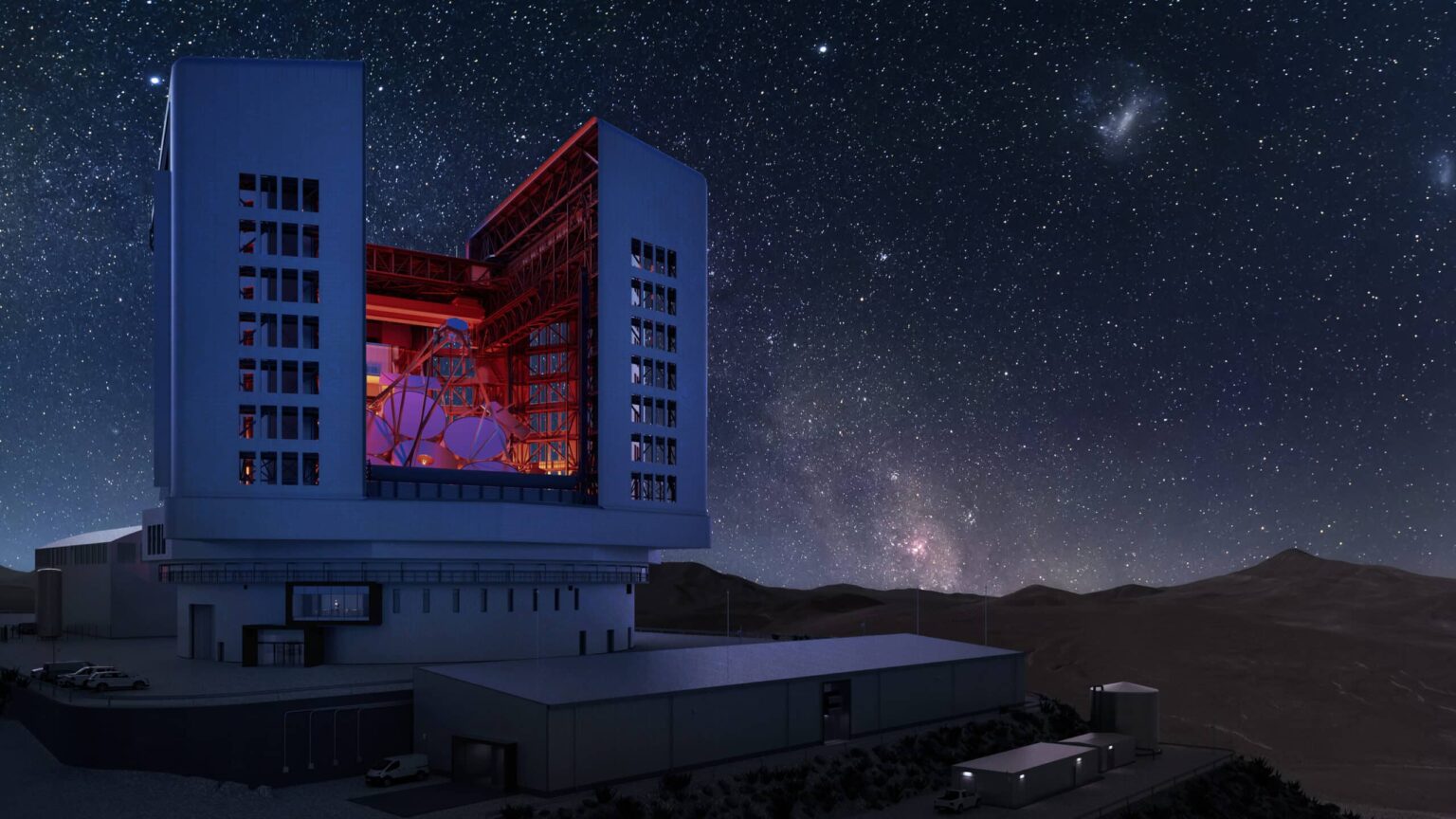
All seven primary mirrors of the GMT have been cast, the preparations for the construction of the mount are underway. The telescope is expected to be completed in 2029.
Roman Infrared Telescope
Equipped with a similar 2.4-meter mirror, allowing to obtain images of similar detail, the Roman Space Telescope is sometimes called Hubble’s successor.
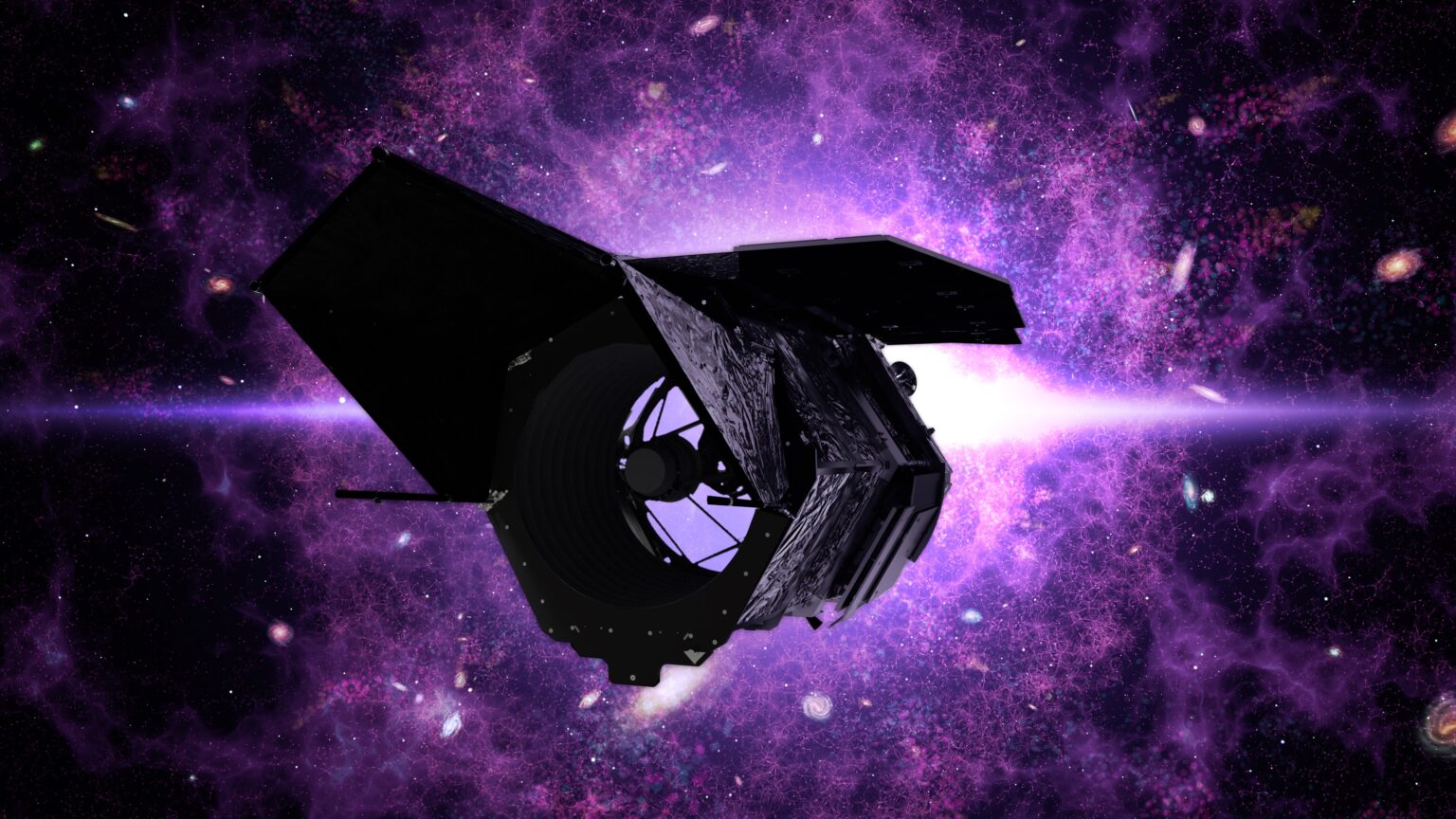
Yet, the comparison is not wholly correct. Firstly, thanks to the 300-megapixel WFI camera, the field view of the Roman telescope will be a hundred times larger than that of Hubble. Secondly, it is designed to make observations in the near infrared spectrum. And thirdly, Roman will receive a coronagraph – a tool that Hubble does not have. Coronagraph is capable of “cutting off” the light of a star, which will allow us to directly study the satellites orbiting it. The Roman coronagraph will use a new technology for blocking light and compensating for distortions in the wavefront. The coronagraph is expected to provide the clearest images of protoplanetary and circumstellar disks ever, as well as to find several thousand new exoplanets and provide direct images of the largest of them.
Apart from studying exoplanets, RST will also be used to observe the large-scale structures of the Universe and study the impact of dark matter on galaxies. Another task of the new telescope will be to search for supernovae and gravitational lenses.
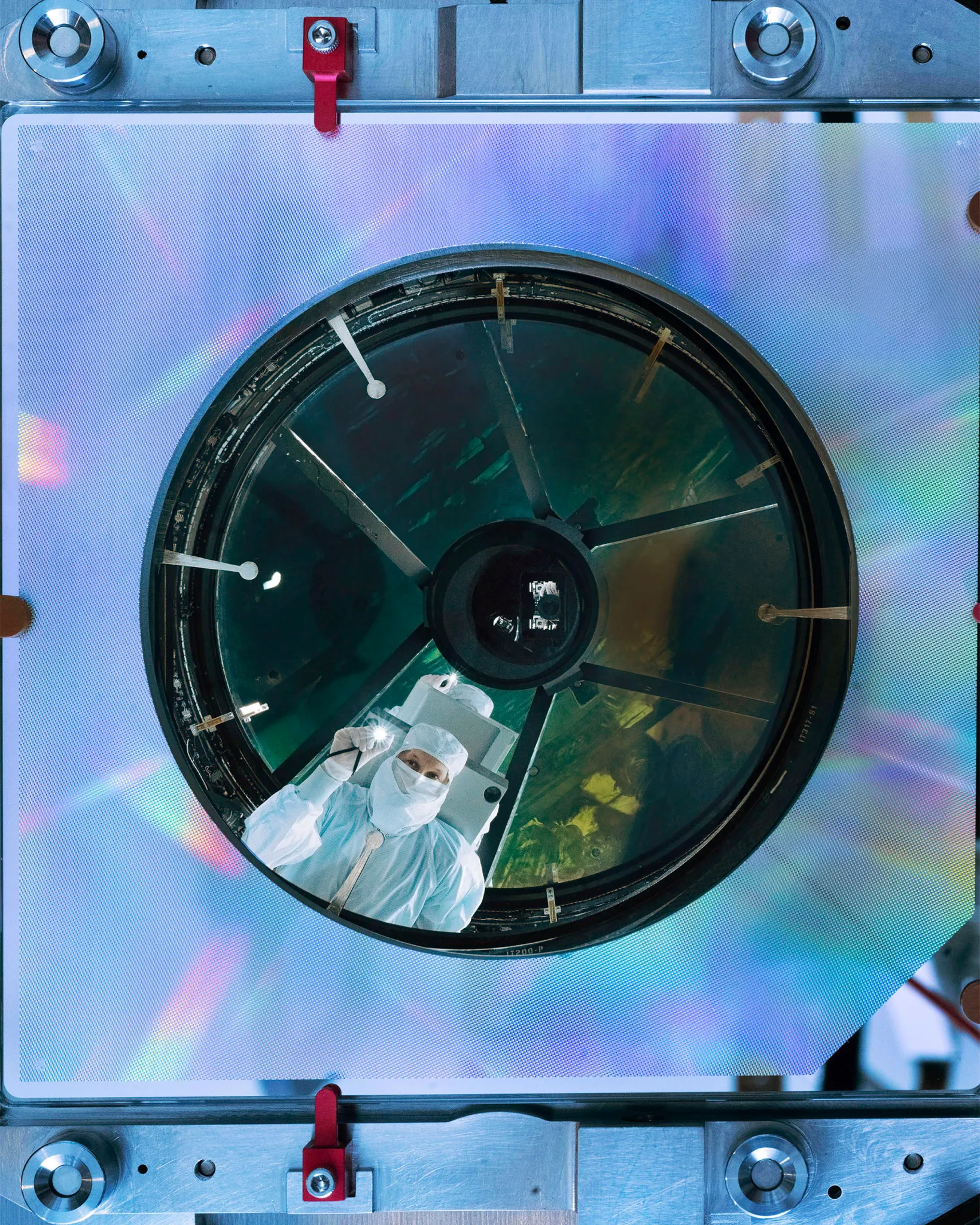
Roman has recently passed its first vision test. Its launch is scheduled for 2027. The telescope will be placed in a halo orbit around the Lagrange point L₂ of the Sun-Earth system. The nominal service life of the device should be five years.
Xuntian Space Telescope
Like the Roman Observatory, the Chinese Xuntian Space Telescope is often compared to Hubble. The analogy is drawn firstly because it will be equipped with a similar mirror (having two meters in diameter), and also because it is designed for manual maintenance, requiring a periodical replacement of tools.
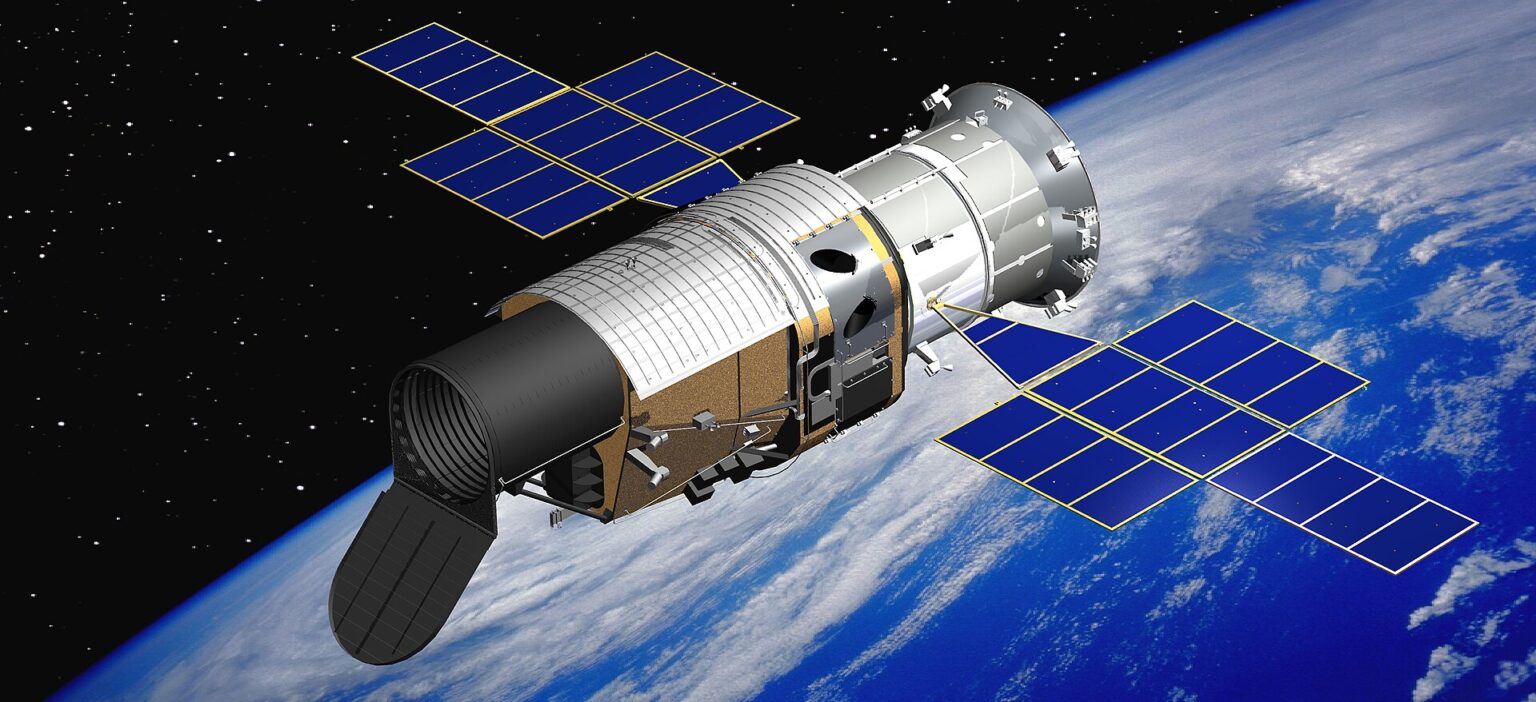
Notably, Xuntian will be launched into the same orbit as the Chinese Tiangong orbital station. Thanks to the presence of engines and its own navigation system, the telescope will be able to dock with the latter, which will greatly simplify the task of repairing and replacing the tools.
In terms of its technical capabilities, Xiuntian will be able to take images with a resolution comparable to that of Hubble. At the same time, due to the presence of a 2.5-gigapixel camera, the Chinese telescope will have a 300 times larger field of view. The main prospective tasks of Xuntian include the cosmological research, the search for dark matter, as well as observations of various objects in the Solar System and the Milky Way.
Currently, China expects to launch the telescope in 2026, with the use of the Changzheng-5 rocket will be used to launch it into the orbit.


